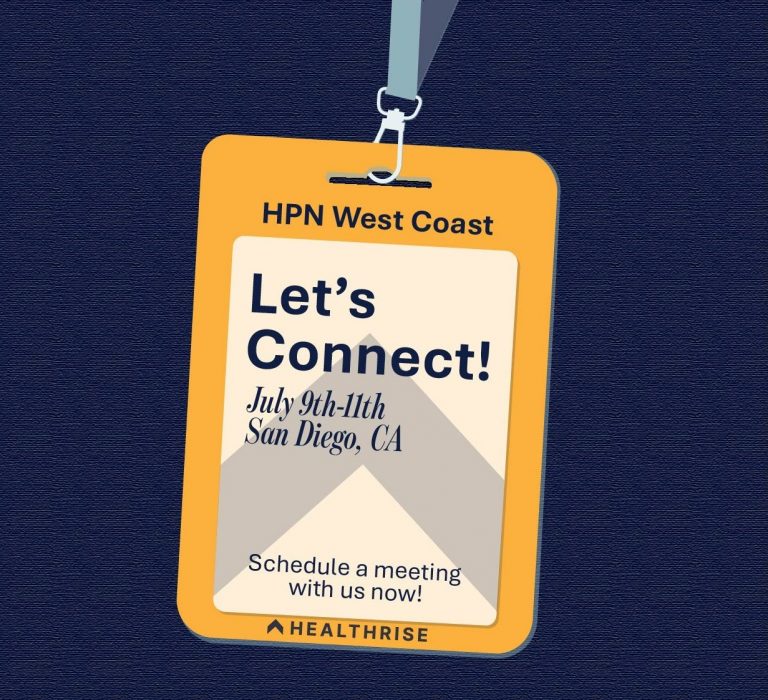

Point of Service (POS) collections are a vital indicator of a hospital’s financial health and overall revenue cycle performance. According to a study published by the Advisory Board, the likelihood of collecting a <$150 balance from a patient post-discharge is only 36%, making it crucial to collect payments as close to the time of service as possible. Improving POS collections is essential for any healthcare organization aiming to enhance financial stability.
Below are five effective strategies to boost POS collections, backed by evidence-based practices and industry insights.
Emphasize Financial Education Prior to Service
A significant challenge in healthcare is rooted in the confusion surrounding insurance coverage. Many patients are caught off guard by unexpected co-payments, deductibles, and prior balances when they arrive for their appointments. This confusion often leads to frustration and financial stress. According to a study published by Health Literacy Research and Practice (HLRP) 51% of their sample reported having inadequate knowledge of basic insurance terms, while 48% had low confidence in using their insurance to access healthcare. To address this, a strong pre-registration process is essential. Contacting patients 3-5 days before their scheduled service and providing a clear, plain language summary of their calculated financial responsibilities is the easiest and most effective strategy in increasing POS collections.
Strategic Scheduling
Establishing realistic scheduling timeframes is another easy way to increase POS collections. When patients have a reasonable amount of time between scheduling and their procedure, they are more likely to gather the funds needed to pay. Scheduling too quickly after initial contact can leave patients unprepared, while providing too much time may lead to forgetfulness or a lack of urgency. Striking the right balance ensures that patients can meet their financial obligations in a timely manner without unnecessary stress.
Reframe the Role of Patient Access Representatives
Requesting payments from patients at the time of service can sometimes feel uncomfortable for Patient Access Representatives (PARs), especially in Inpatient and Emergency settings. To confront this challenge, it is necessary to encourage PARs to change their mindset. Emphasizing that their role to the patient is an educator, rather than a “payment collector” can significantly impact POS collections, as well as team member engagement and productivity. Patients, already feeling vulnerable due to illness or injury, often have concerns about their insurance coverage. When PARs approach these conversations with empathy and an emphasis on helping patients understand their benefits, they can demystify insurance complexities and empower patients to make informed decisions. A case study referenced in Faster Capital revealed that a community hospital in Oregon experienced a 25% increase in POS collections and a 15% reduction in bad debt write-offs after implementing a strategy focused on compassionate financial literacy engagement with patients. This example highlights the value of healthcare providers adopting an educational approach to improve both patient experience and collection outcomes
Gamify the Collection Process
Friendly competition in the workplace can significantly boost employee engagement and productivity. An article published by Healthcare Financial Management Association defines “workplace gamification” as the use of game elements and incentivized reward systems to enhance employee morale and performance. The article references multiple case studies where employee productivity increased notably in the presence of competitions and attainable prizes. In the context of Patient Access, creating interdepartmental challenges where teams compete to exceed collection goals is a fun and effective way to increase POS collections while fostering a culture of collaboration and accountability in the workplace.
Analyze Historical Data
One of the most effective ways to improve POS collections is by analyzing adjudicated claims. Healthcare facilities can compare what Patient Access Representatives (PARs) collected at the time of service with what patients ultimately owed according to their insurance Explanation of Benefits (EOB) forms. This comparison helps determine collection success rates and identify areas needing improvement. Regular audits of claims and collections processes reveal where PARs excel and highlight services or departments that may require additional support. Additionally, reviewing data from previous fiscal years can help establish realistic and attainable goals for staff.
Author: Mariel Machesky, Healthrise



